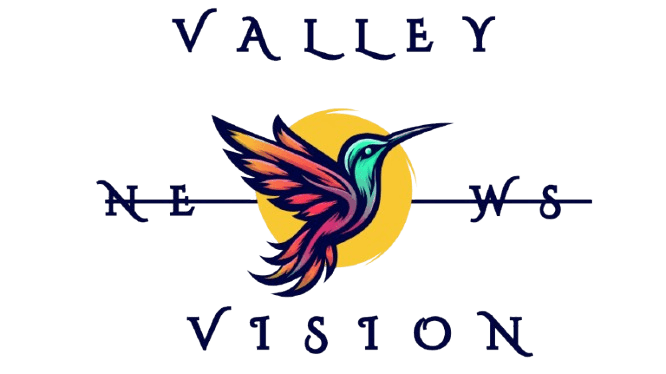The quest for smarter note-taking

Digital note-taking products are seeing more customisation, connectivity across platforms and AI add-ons but some gaps remain
Ladakh-based visual artist Anuja Dasgupta loves taking notes by hand, but a few years ago, when she was beginning to exhibit and visit art galleries regularly, the 28-year-old realised that taking notes digitally was more efficient. “That organically fed into when I would build arguments for my papers, etc. It became a practice and I almost stopped taking notes on paper. I found taking notes digitally much easier,” says Dasgupta, who started with Google Keep but now uses two-three more digital platforms for her notes—everything from Highland (for creative writing) to Mindly (to conceptualise ideas and structure thoughts). “Before 2017, I was completely anti-digital notes. It’s been a big change.”
Note-taking has come a long way since the original Post-it Notes (those canary yellow sticky notes many of us still use) started selling commercially in the US on 6 April in 1980. Made by 3M, they were eventually introduced in other parts of the world. Post-it Notes are now available in many standard sizes, shapes and colours.
Today, digital is the name of the game, and mixing handwritten notes with digital tools has become common. Digital devices—including tablets, e-readers and 2-in-1 laptops that let users annotate text or take handwritten digital notes with a stylus—have replaced pen and paper.
“You won’t carry a pen and notebook everywhere. And because of device usage, including being on the computer and laptops, our ability or the fun to write with the pen has gone down,” says Himanshu Khanna, a Delhi-based design practitioner and founder of Sparklin, a design and innovation company started in 2013.
Some of the simpler tools like Windows Notepad or Sticky Notes, Google Keep and Apple Notes are built into the Windows, Android and iOS and MacOS ecosystem. Freemium software like Notion (the productivity and note-taking application which has more than 30 million users worldwide) and Obsidian (an offline tool that was launched in 2020) offer a spate of interesting features.
Notion, for example, goes beyond traditional note-taking, offering a customisable workspace where users can create notes, databases, kanban boards (visual project management tool), calendars, and more. Obsidian, on the other hand, uses a system called “knowledge graphs” to help users organise and connect their notes in a non-linear way. While most of these platforms are free, certain features and solutions can start from as little as $4-8 (around ₹333-660) per month.
Notion, for example, goes beyond traditional note-taking, offering a customisable workspace where users can create notes, databases, kanban boards (visual project management tool), calendars, and more.
(Notion)
Over the last five-six years, Sushant Bhatia, a consultant in the education sector, has tested multiple apps and platforms for his notes. He has implemented the Zettelkasten method of note-taking (a specific system of organising your note or index cards that also helps with knowledge management) on digital platforms and used a combination of Obsidian and Substack to publish his work and writings, on both his phone and desktop.
“Note-taking is a complex process. It’s only in the last one-two years that I feel we have the right tools. I started with Notion for my work and personal stuff. Obsidian is my personal favourite. Whenever I come across a new tool, like Capacities, I try it. Each tool has its own USP,” says Bhatia, 34. “I don’t like ruled paper sheets. I like to work on blank pages. Obsidian gives me that leverage. You can write, bring in images, etc. It helps me think creatively.”
Capacities is structured around “objects”, or different types of notes that contain certain properties. It has a set of pre-defined “objects”—pages, images, links, PDFs, etc. But users can add new “objects” as per their needs. You can also add tags to link content across all your “objects”.
The gaps
The creative process of working on digital note-taking platforms, or simply jotting down your thoughts, is not without its own problems. Dasgupta, who used Mindly while she was building her agri-tech startup Ladakh Orchards, feels note-taking platforms can do more with mapping keywords and searchability.
“Maybe with automation and AI, something can be done where you can build a concept out of nothing or map concepts to make it (the notes) useful,” she explains.
Given the interest, Indian startups are getting into the game, betting on minimalistic and connected note-taking tools for every type of user.
Soham Mondal, a founding partner at the Bengaluru-based design and development agency Triveous, says reuse and retrieval is another gap in many note-taking platforms. Over the years, Mondal himself has switched from the basic Windows Notepad to Dropbox Paper and other platforms, to take his notes.
“Dropbox Paper is like a Google Docs competitor. Then, the standard called Markdown was launched (by John Gruber and Aaron Swartz in 2004). A lot of minimalist note-taking apps like Ulysses and iWriter emerged after that,” Mondal explains. Obsidian and Joplin are two other examples of note-taking apps that support Markdown formatting.
Triveous previously built an audio note-taking product called Skyro, still available on Android. Now, Mondal says the problem they are trying to solve with their new product Infiniti, is to build a connected note-taking app. “With most products, as you add more and more information, they become difficult to organise. How do you create a note-taking product that becomes smarter as you add more information to it?” Mondal says.
Infiniti is a cross-platform, connected note-taking product on the lines of Roam Research, Logseq, Notion, which utilise a concept called bi-directional linking. “The fundamental idea is that each part of a note is reusable,” says Mondal. Infiniti will have both desktop and app versions. It will also be end-to-end encrypted. Currently it is in closed beta trials. “With digital note-taking, the promise is that you can carry all your notes with you and search. There is a growing demand. Indian audiences want good products. Even in colleges, students are provided laptops. So, almost at every level, there is an incentive to provide good note-taking tools.”
Khanna, along with his team at Sparklin, is also working on a bundled note-taking platform called Jupitun, which is scheduled to enter beta testing in the next 3-4 months. “The idea with Jupitun is to connect people, time, events and locations… Note-taking will be the foundation of this platform,” adds Khanna.
Jupitun will initially be available as a browser-based website, with email, chat, note-taking features all in one product. “The idea is to make it accessible to as many users as possible. Soon, we’ll follow it up with smartphone and desktop apps,” he adds.

Jupitun, an upcoming platform, will initially be available as a browser-based website, with email, chat, note-taking features all in one product.
(Courtesy: Sparklin)
Moving beyond notes
There’s also an increase in customisation and new formats in this space: like digital whiteboards, on which teams, students and colleagues can work together from different locations. Miro and Canva Whiteboard are some of the more popular examples of these.
AI is also playing a big role in how note-taking apps evolve. In November 2022, Notion introduced Notion AI, a writing assistant that can help users write, brainstorm, edit, summarise, and more. Initially an invite-only feature, it is now available to all Notion users.
Some other results are already out in the market. Cleft, for example, is a new AI-powered app, available on iOS and MacOS, that converts your voice memos into formatted notes.
Last year, Google introduced a host of AI-first experiments in development at its annual Google I/O event. In July 2023, it announced the rollout of NotebookLM, previously called Project Tailwind. In its introductory note, Google described NotebookLM as “a virtual research assistant that can summarise facts, explain complex ideas, and brainstorm new connections—all based on the sources you select.” A key difference between NotebookLM and traditional AI chatbots, Google explained, is that NotebookLM lets a user “ground” the language model in their notes and sources. Source-grounding effectively creates a personalised AI that’s versed in the information relevant to the user.
That is a feature users like Bhatia would want to see in the digital note-taking space in the future. “The interactive element and active listening (in note-taking apps) is something I have only come across now… Let’s say I use a particular tool and it has all my information. I’d like to, at some point, train it and integrate AI, so that it can be my digital avatar. This is something I am trying with my Substack,” Bhatia adds.
Scientifically, the jury is still out on taking physical notes versus typing digitally. In January, Norwegian researchers said in a study, published in the journal Frontiers In Psychology, that writing by hand leads to higher brain connectivity than typing on a keyboard. For the research, the researchers collected EEG data from 36 university students who were prompted to either write or type a word that appeared on a screen. Interestingly, when writing, they used a digital pen to write in cursive directly on a touchscreen. When typing they used a single finger to press keys on a keyboard. Connectivity of different brain regions increased when the students wrote by hand, but not when they typed. Despite using digital pens for the study, the researchers said that the results are expected to be the same when using a real pen on paper.
Write it or type it: what would be your pick?
Also read: A clear-cut way out of digital clutter





